“Without oppressing need, no one comes to Jesus.”
Mary, chapter 34
I recently learned about The Gospel of Mary, a non-canonical text containing ancient stories about Mary of Magdalene and Jesus; additionally, a friend introduced me to The Nag Hammadi, another compilation of recently discovered ancient texts with incredible re-tellings of Christian myths and origin stories. Both of these ancient texts not only include women but celebrate them as human beings, a sentiment desperately missing from the orthodox traditions of Christianity. Beyond that, there are numberless texts that exist beyond the bible, texts stripped from Christian history at the Nicene Creed. Some of the writings, writings about Jesus, are called Gnostic writings; gnostic means inner knowing. The Gnostic gospels were discovered after the world religions were already established, these exclusively male-dominated religions deemed these later discoveries as heretical. But they are starting to surface and to be accepted by Christian scholars.
I have been searching for women in scripture, in Christian origin stories, in my origin story, in my whole life, and I am just realizing that I have been missing them because they were literally stripped from the Bible; stripped from the book that has shaped all Christianity! But Mary, all the Marys!, are making a huge comeback in the consciousness of Christians; these stories and the inclusion of femininity will now begin to shape our current narratives and rhetoric. This is thrilling to me!
I wanted Mary, Called Magdalene to be a brave feminine ritual, a surprising creation of alchemy by a Priestess. I wanted it to imagine a balance of Jesus as masculine and Mary as feminine. I wanted it to feel familiar, to grow integrity, to teach me to hold my ego at bay. I wanted it to celebrate Mary’s inner authority, her Queendom within. I wanted her to finally explode from the pages of scripture with her own power and grace. But she didn’t. She is trapped, again, in the stories, ideals, and prejudices of men.
In this patriarchal world, women have been fractured, we have buried pieces of ourselves thousands of years ago, we haven’t allowed ourselves to be truly free. I wanted the Mary in this book to Anthropose: to be fully human and fully divine. I wanted her to show me how to do it. I wanted Mary, Called Magdalene to hold this space in the stories of Jesus. But she didn’t.
This book demonizes Paganism. But paganism involves nature, it utilizes earth medicine, the feminine arts, and the sacred parts of life; Ashura is a female god of fertility and life. Like all religions, Paganism has beautiful truths. This book turns the sacred traditions of another culture into seven demons.
It seems to me that Jesus attempted to do away with religion, with the divisions and prejudices based on worship. But the Jesus in this novel is not Mary’s – he is the Nicene Creed’s, he is patriarchy’s, he is Peter’s, James’s, and John’s. I wanted to see Mary in a new way in this book, I wanted to see Jesus in a new way, a way that has been stripped from my religion by strangers thousands of years ago. But I didn’t.



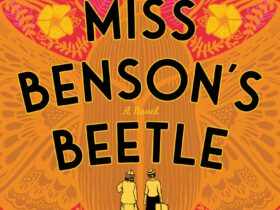


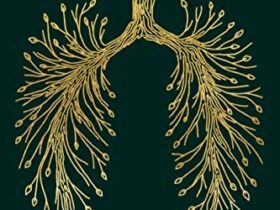

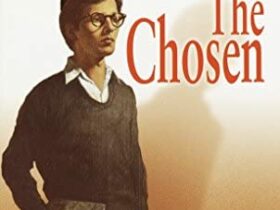
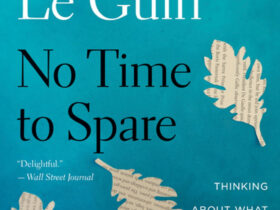

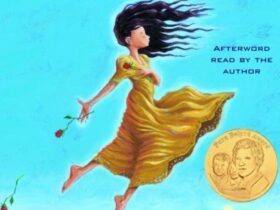


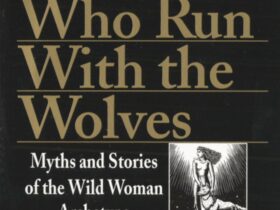





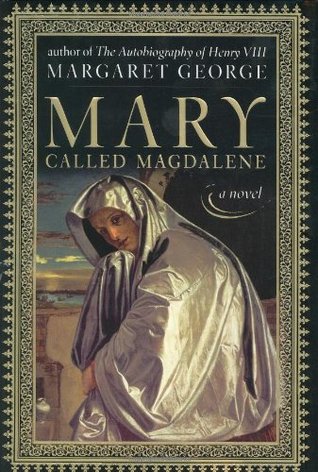

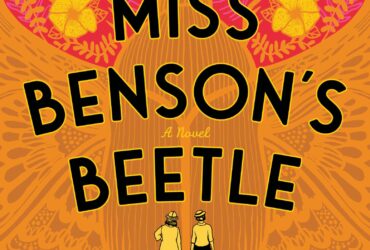


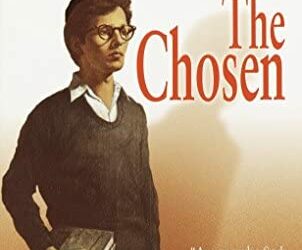

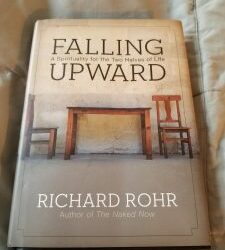
Leave a Reply